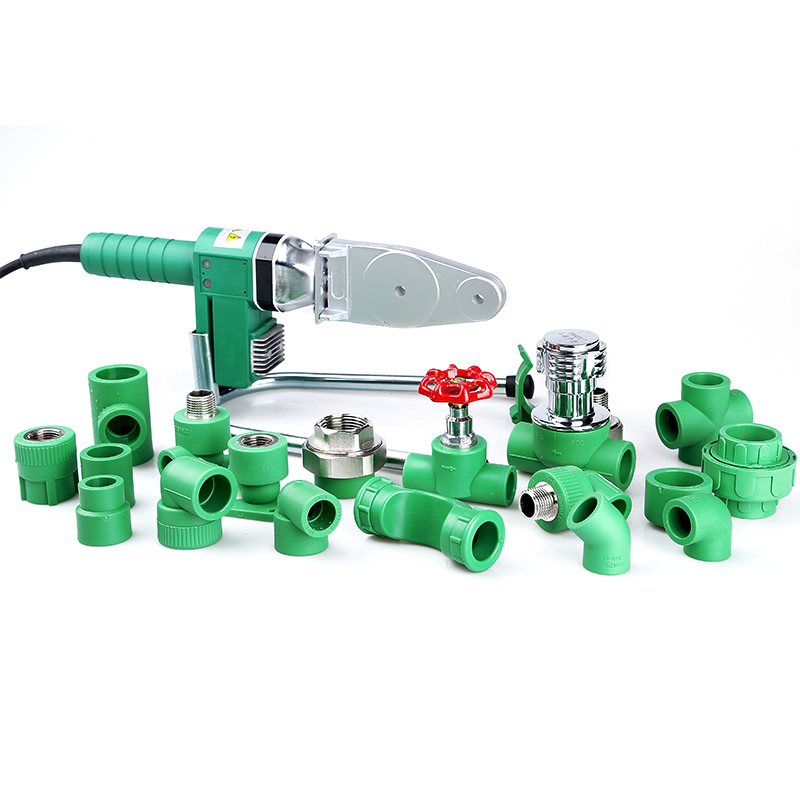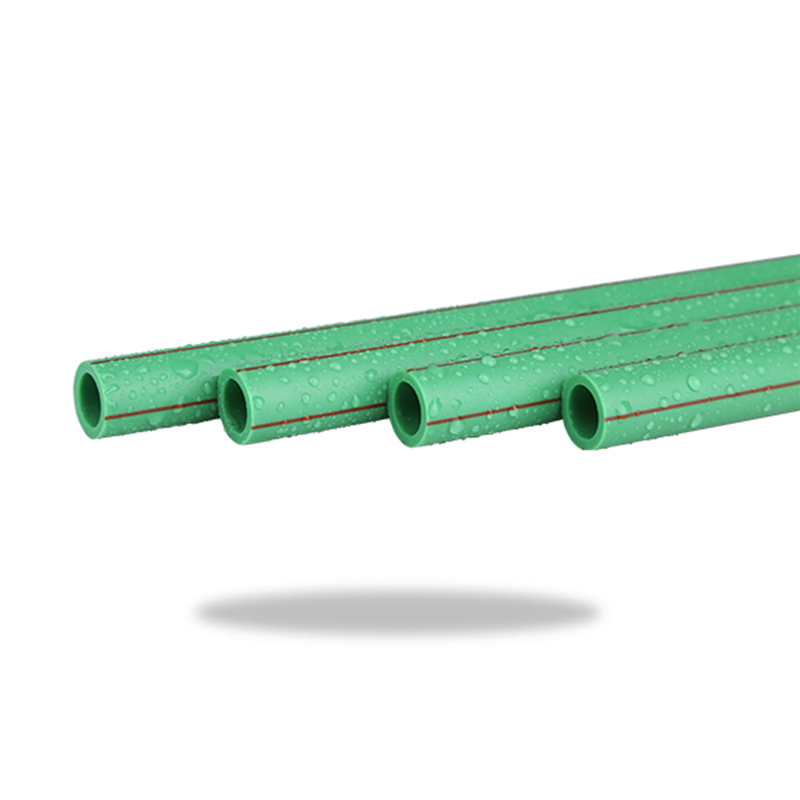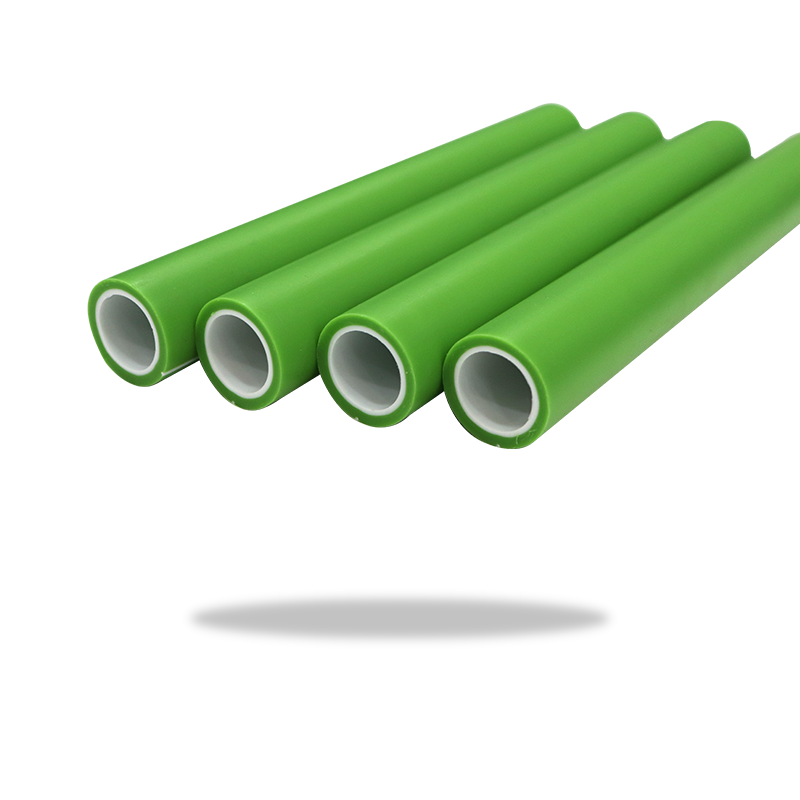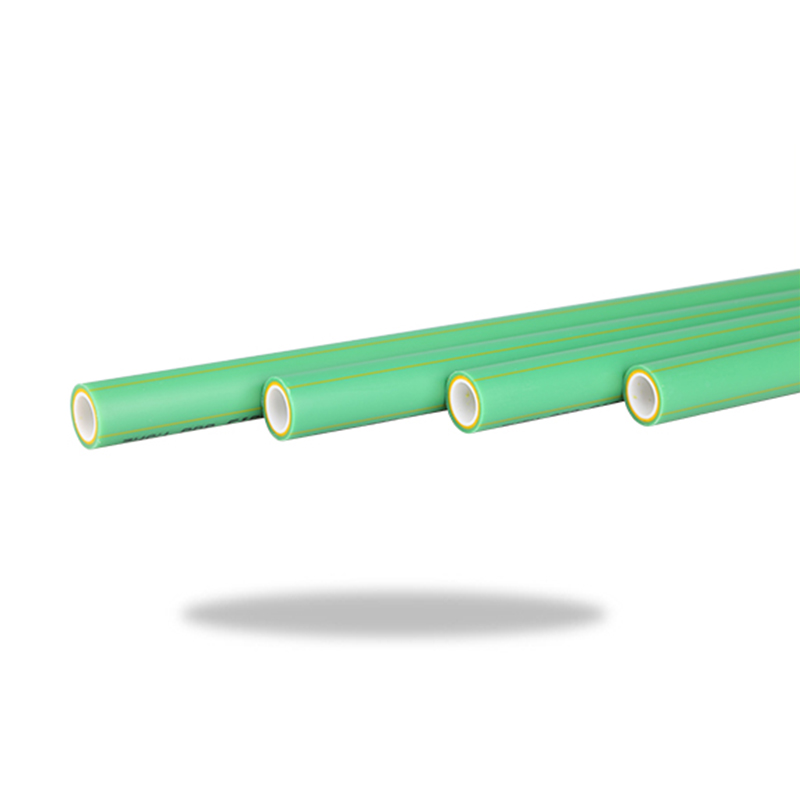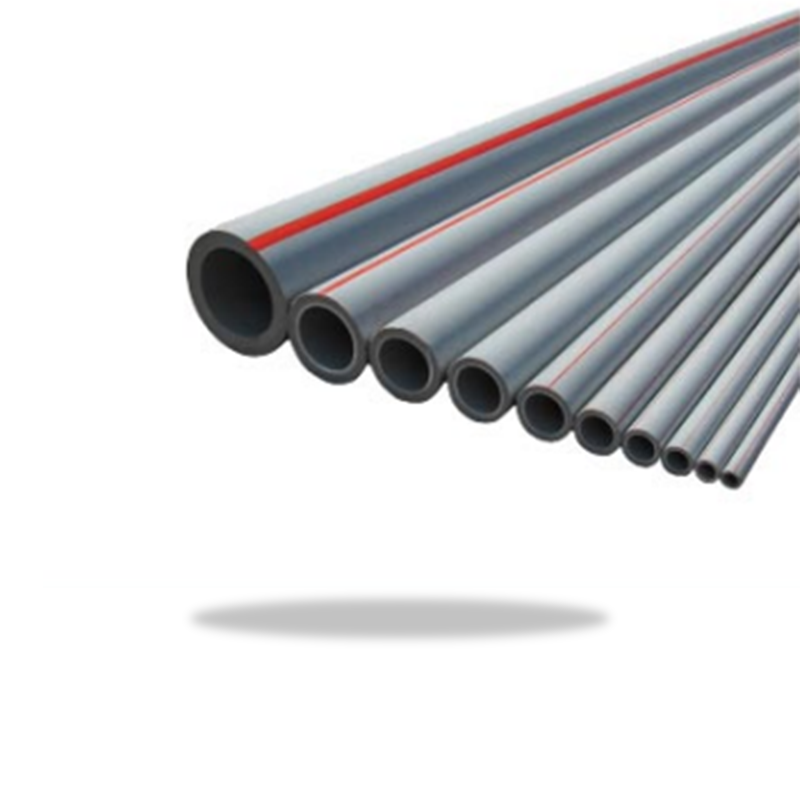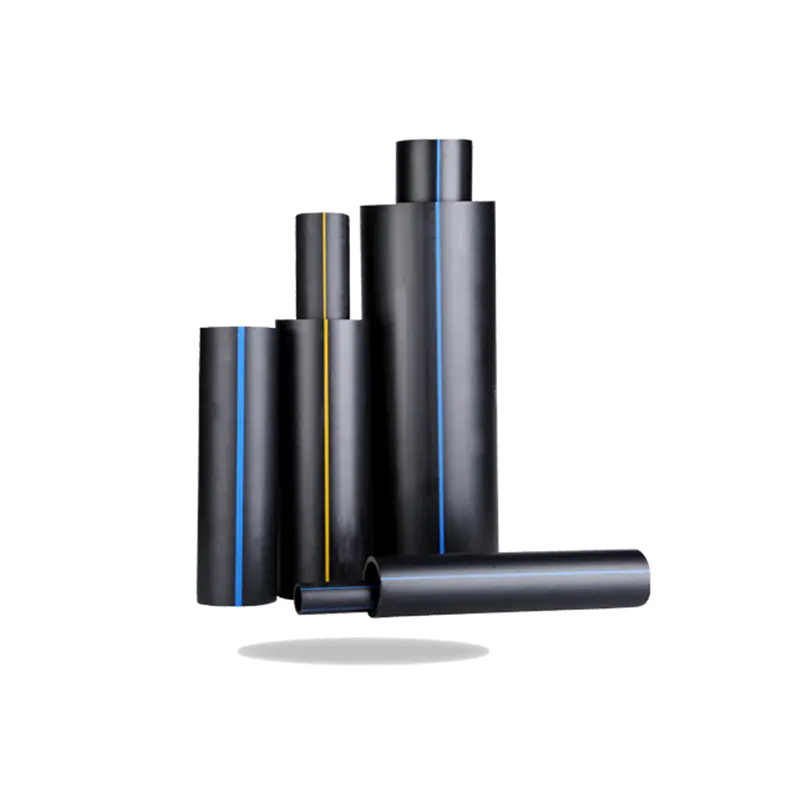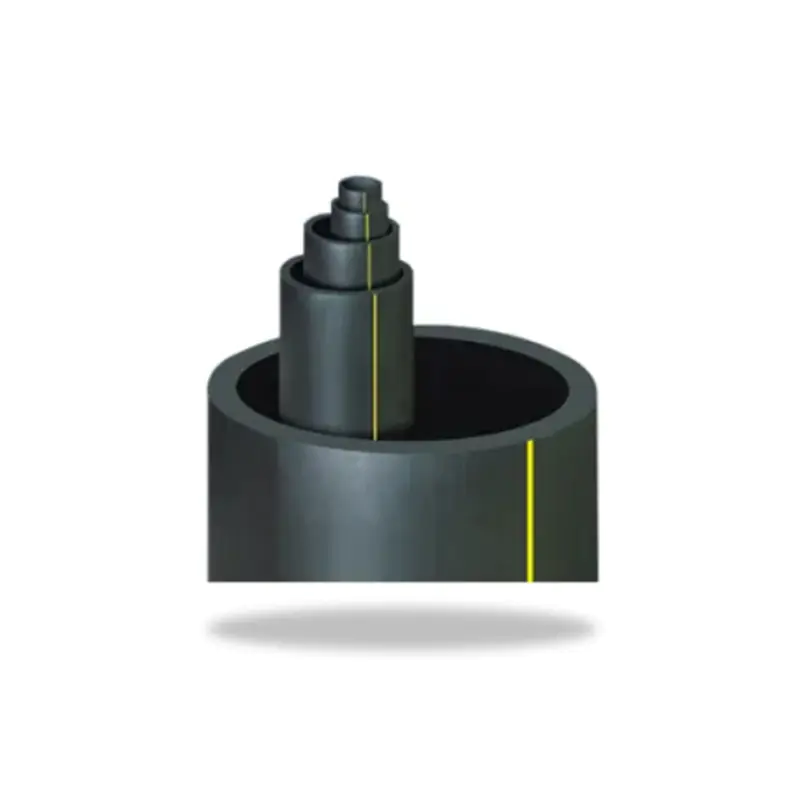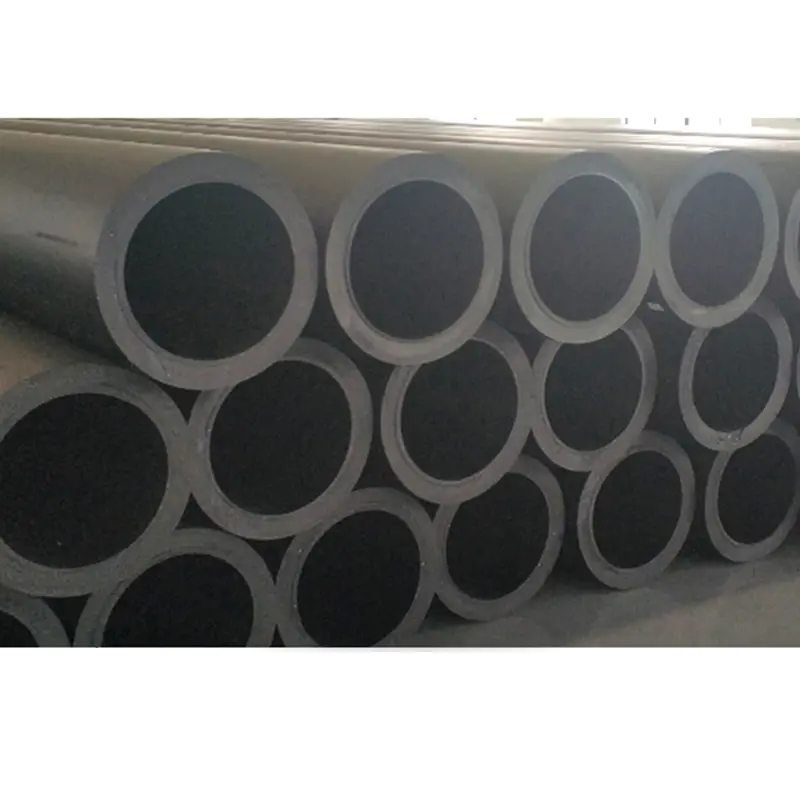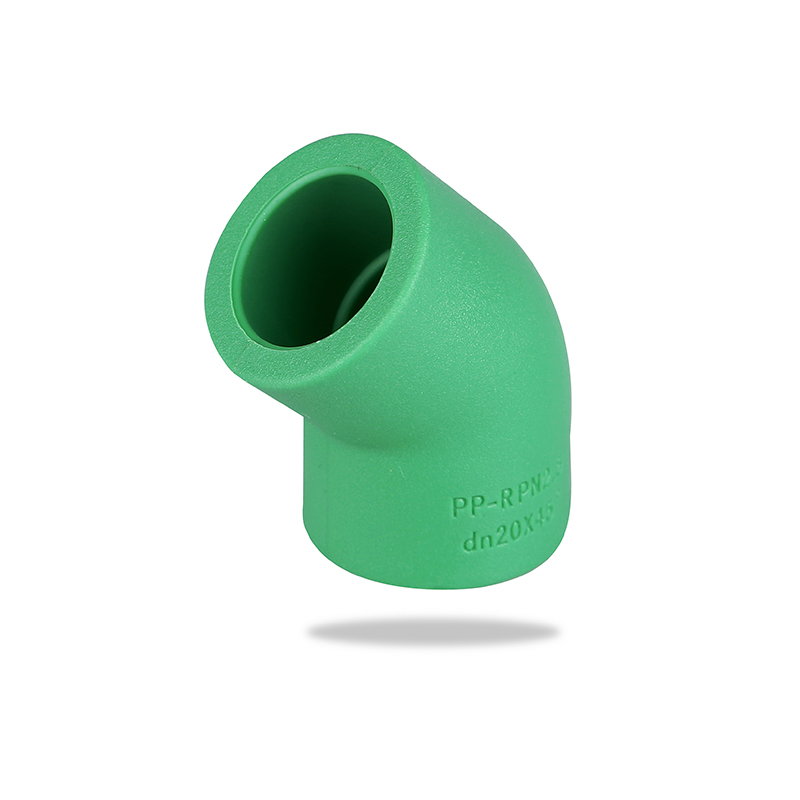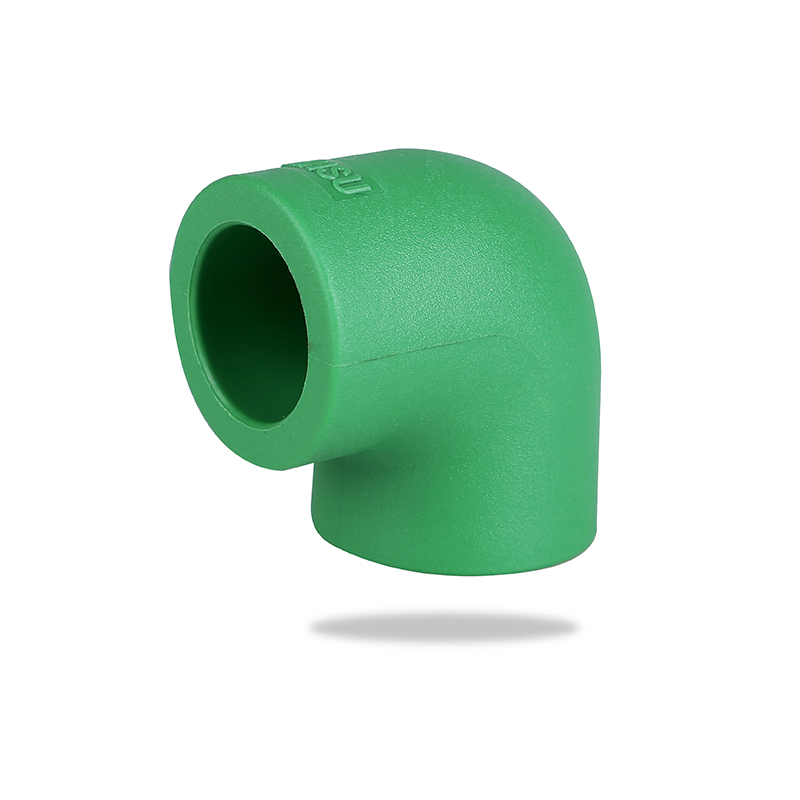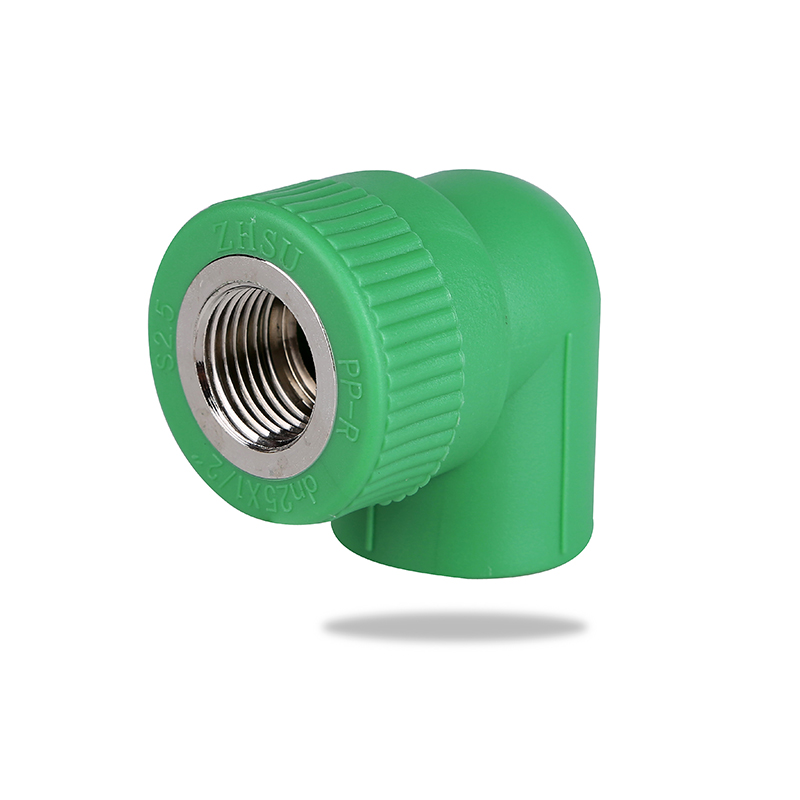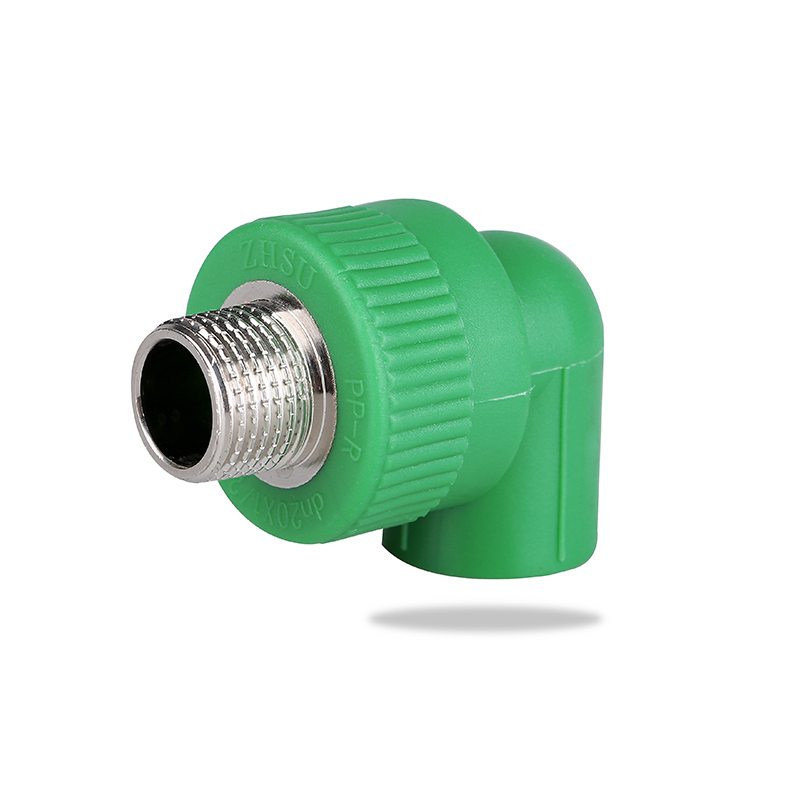PPR valves, made from polypropylene random copolymer (PPR), have become a widely used choice in plumbing, heating, and water supply systems due to their durability, corrosion resistance, and ease of installation. Beyond their functional advantages, PPR valves are increasingly recognized for their environmental performance. As sustainability becomes a key concern in building and infrastructure projects, understanding how PPR valves impact the environment—from production to disposal—is essential.
1. Material Safety and Eco-Friendliness
PPR valves are primarily made from polypropylene random copolymer, a thermoplastic polymer known for its chemical stability and non-toxicity. The material is BPA-free, lead-free, and heavy-metal-free, making it safe for drinking water systems. Unlike metal valves, PPR does not corrode or leach harmful substances into the water supply.
This characteristic ensures minimal environmental and human health risks, particularly in residential and commercial water systems. Because the material is chemically inert, it also reduces the need for chemical treatments to maintain water quality, further decreasing environmental impact.
2. Energy Efficiency in Production
Compared to traditional metal valves, manufacturing PPR valves requires less energy. Metal valves often involve mining, smelting, and high-temperature processing, which consume significant energy and generate greenhouse gases. In contrast, PPR production relies on polymerization processes at lower temperatures, resulting in lower carbon emissions.
Additionally, the lightweight nature of PPR valves reduces transportation energy consumption. Lighter valves require less fuel during shipping and handling, further reducing their overall carbon footprint.
3. Longevity and Reduced Waste
PPR valves are known for their durability and corrosion resistance. They can last 20–50 years under normal operating conditions without significant degradation. This longevity has important environmental implications:
- Reduced replacement frequency: Fewer valves need to be manufactured and disposed of over time.
- Less material waste: Compared to metal valves that may rust, corrode, or fail, PPR valves generate less waste in the long term.
By extending the service life of plumbing systems, PPR valves minimize resource consumption and reduce the environmental burden associated with production, disposal, and replacement.
4. Recyclability and End-of-Life Management
Another important aspect of PPR valves’ environmental performance is recyclability. Polypropylene is thermoplastic, meaning it can be melted and reprocessed without significant loss of properties. At the end of their service life, PPR valves can be:
- Mechanically recycled into new plastic products or piping components.
- Used as raw material for non-critical applications, such as industrial parts or plastic furniture.
Recycling PPR reduces the demand for virgin plastic production, conserves petroleum resources, and decreases plastic waste accumulation in landfills.
5. Chemical Resistance and Reduced Environmental Contamination
PPR valves’ excellent chemical resistance also contributes to their environmental performance. Unlike metal valves, which can corrode and release iron, lead, or other metals into water or soil, PPR valves maintain structural integrity under a wide range of chemical conditions.
This reduces the risk of environmental contamination during both operation and accidental leaks. In industrial or municipal water systems, this feature helps maintain the purity of water sources and protects surrounding ecosystems.
6. Contribution to Sustainable Building Standards
Many modern green building certification systems, such as LEED or BREEAM, recognize the importance of environmentally friendly plumbing materials. PPR valves can contribute to sustainable building goals through:
- Use of non-toxic, recyclable materials.
- Long service life, reducing material and energy consumption.
- Compatibility with water-saving technologies due to precise flow control.
By choosing PPR valves, builders and facility managers can enhance the environmental performance of the entire plumbing system while meeting regulatory and sustainability standards.
7. Maintenance and Operational Efficiency
PPR valves require minimal maintenance compared to metal alternatives, which often need anti-corrosion treatments or frequent inspections. Less maintenance translates to:
- Fewer chemicals and cleaning agents entering the environment.
- Reduced resource use in servicing and replacement.
- Lower operational carbon footprint over the life of the valve.
These operational benefits contribute indirectly to environmental conservation while improving system reliability.
Conclusion
PPR valves demonstrate strong environmental performance through their non-toxic material composition, energy-efficient production, long service life, chemical resistance, and recyclability. Compared to traditional metal valves, they reduce carbon emissions, resource consumption, and environmental contamination risks.
In an era where sustainable building practices and water safety are increasingly prioritized, PPR valves offer a solution that is both functionally reliable and environmentally responsible. Choosing PPR valves not only supports long-term system performance but also aligns with global efforts to reduce ecological impact and promote sustainable infrastructure.
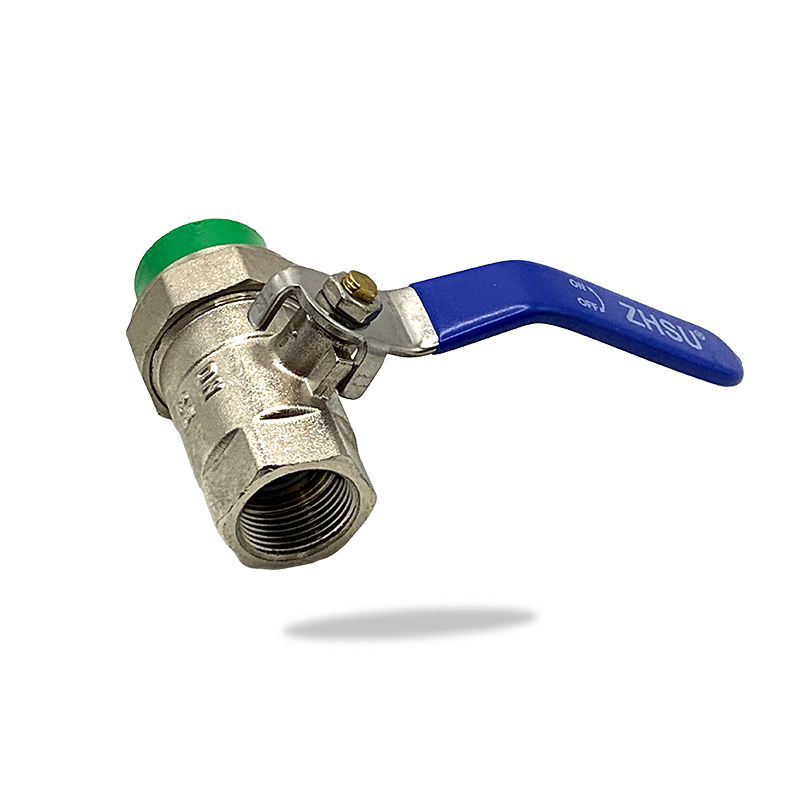

 简体中文
简体中文 English
English русский
русский Español
Español Français
Français عربى
عربى Português
Português 日本語
日本語 italiano
italiano Nederlands
Nederlands Polskie
Polskie
